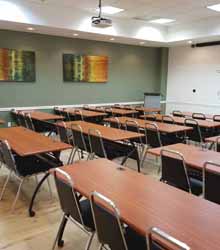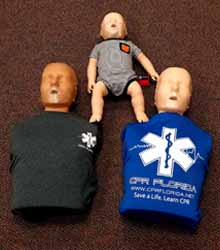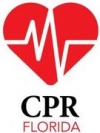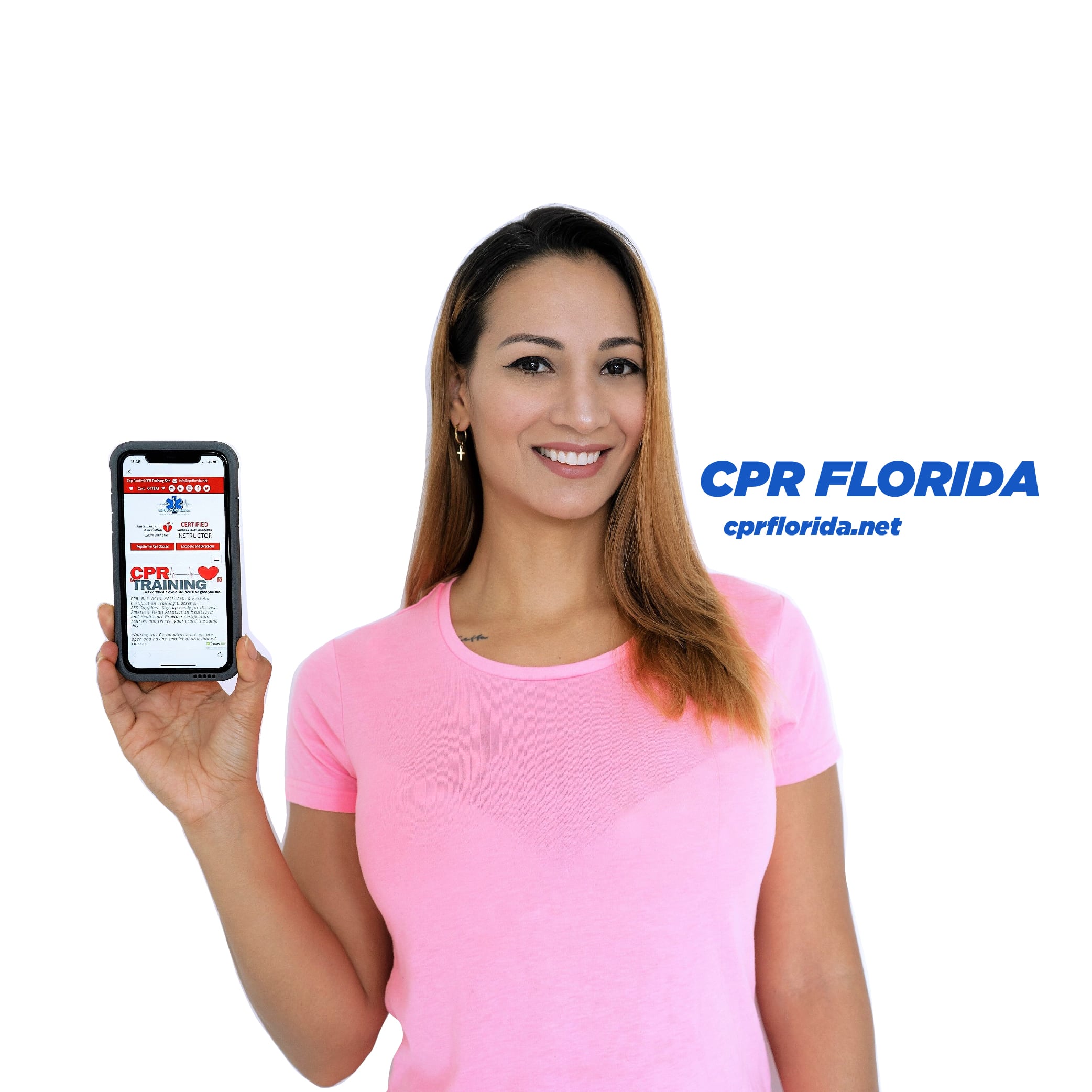





Here are the top 6 reasons to learn cpr and how to use an aed:
1. You can learn how to make the scene safe and take action.
2. Know how to check the patient and how to call 911 for help and get others to be part of the response team.
3. Understand that if there is no response and no breathing to immediately start chest compressions.
4. Properly do two breaths with a barrier device after 30 compressions.
5. Turn on the aed and place the pads on the bare chest and let the aed analyze to shock or not.
6. Repeat steps and add other people to help to start 2 person cpr, advanced airway and let EMS take over.
CPR Classes should be compulsory for every parent as well as those working with children and young people. In fact they really should teach cardio pulmonary resuscitation and other first aid skills at school so that everyone has access to learning this potentially lifesaving skill. The Red Cross or the American Heart Association can often help schools and colleges run these programs. Why not learn child/infant CPR today? It is bad enough to witness a fatality but imagine if you found out later that the person, your child perhaps or another loved one, could have lived if you or someone else at the scene had performed pediatric CPR. Our emergency services are terrific but they cannot always be where they are needed and while you are waiting for them to arrive the person could die. Studies have shown that starting CPR and using an AED can save lives. Once the heart stops beating you do not have much time before it will not be possible to restart it. At CPR training, which can take place locally or you can take a class online, you will learn three different but related CPR techniques being those for children, for infants and for adults. The process to save a child is a slightly modified version of that applied to an adult. For an infant it is quite different. If you ever have to perform cardiac pulmonary resuscitation on an infant and you are on your own you should do one minute of CPR prior to calling 911 for an ambulance and then continue doing chest compressions and giving rescue breaths until the ambulance arrives.
Who offers CPR training classes? When you start looking for a place to learn the process, you need to check that your instructor is a certified first aid and CPR instructor. Ideally the course should be accredited by either the Red Cross or the American Heart Association. When you do take the class, the first thing you will be taught is to remember your role is only to try to keep someone alive until the emergency services arrive. You are not going to learn how to be a replacement for a doctor or other forms of medical attention. It is vital that you or someone else call 911. As you will learn, administering CPR can save someone’s life in the short term but they will also require urgent medical attention to keep them alive.
Remember you only start cardiac pulmonary resuscitation if the heart actually stops and the medics are going to want to know what caused this to happen to prevent it reoccurring at a later date. It doesn’t matter if you live in California or Texas, CPR training is not hard to find once you start looking. Learn how to use an AED as well as perform CPR More CPR classes are also offering lessons in the use of an AED (automatic external defibrillator). Some people will carry these devices around in their cars or have them in their homes. They are also found in public buildings including offices, train stations etc. Studies show that while CPR is a lifesaver, when combined with AED the results are even better. If you have passed the training, you will have been taught that in most cases where an AED is required, CPR will already have commenced and should continue if possible while the AED is being prepared for use. You would then allow the AED to prompt what should happen next. If you have to give a shock to the patient always make sure everyone else is standing clear as you don’t want to end up with more than one casualty. In addition to covering CPR and AED, some courses also cover how to deal with blood borne pathogens and other first aid issues.
Do you have to have any previous medical certification? CPR classes do not require you to have any formal qualifications or existing medical knowledge. Some people don’t attend out of fear they will be ridiculed or will make a fool of themselves. The instructor will have seen it all before and remember you are learning how to potentially save someone’s life. There is nothing to ridicule about that. On completion of your course you should receive a certification card and a sheet to help keep your knowledge of first aid fresh and up to date. CPR recertification keeps you up to date! You will have to recertify, usually every two years, if you want to retain your qualification. The thinking and practice behind the best way to administer the technique is constantly being investigated and improved upon. While the basics at CPR classes will remain the same, you may find out new knowledge when you go for CPR recertification that could lead to you saving someone else’s life.
Cardio = HEART
Pulmonary = LUNGS
Resuscitate = REVIVE
Cardio-Pulmonary Resuscitation = Reviving the Heart and Lungs
Children Under 1 Check for Responsiveness:
Tap the infant gently and shout to see if she makes a noise or moves. If she doesn't respond, immediately send someone to call 911 (do NOT leave your infant to call 911 until you've performed CPR for at least two minutes).
Check for Breathing: Lay the baby on her back (if there's any chance the infant has a spinal injury, enlist two people to move the infant to prevent twisting her head or neck). With Baby on her back, lift up her chin with one hand while pushing down on her forehead with the other hand. Look, listen, and feel for breathing. Do this by placing your ear close to your baby's mouth and nose. Listen and feel for breath against your cheek while you watch her chest for any movement.
Perform Rescue Breathing: If you do not see, hear, or feel your baby breathing, you'll need to perform mouth-to-mouth resuscitation. To do this, cover Baby's mouth and nose gently with your mouth (or you can cover just her nose and hold the mouth shut). Keep the infant's chin lifted and her head tilted back. Give two short breaths (each should take about a second and should make Baby's chest rise). Keep in mind that your baby doesn't need a lot of air -- just a mouthful.
Perfom CPR:
After you've performed two rescue breaths, check Baby for any response (look, listen, and feel for breathing). If she is still nonresponsive, begin chest compressions. To do this, place two fingers on your baby's breastbone, just below the nipples. Make sure not to press at the very end of the breastbone. While keeping one hand on your baby's forehead with her head slightly tilted back (to keep her airway open), give 30 chest compressions with your two fingers. Each time, let Baby's chest rise completely. Your compressions should be very fast and hard with no pauses. Count the compressions quickly ("1, , 3, 4, 5 ... 29, 30, off").
After finishing the 30 compressions, give your baby two more breaths and watch her chest -- it should rise as you puff air into her mouth. Continue with CPR: 30 chest compressions followed by two breaths, repeating this pattern for about two minutes. After two minutes of CPR, if your baby still doesn't have normal breath sounds, isn't coughing, and isn't moving, leave and dial 911. Then keep repeating CPR (30 compressions followed by two breaths) until the infant recovers or until help arrives. If your baby recovers, place her in the recovery position: face down over your arm with her head slightly lower than her body. Support her head and neck with your hand, keeping the mouth and nose clear while you wait for help to arrive.

Main Phone: 888-388-9250
